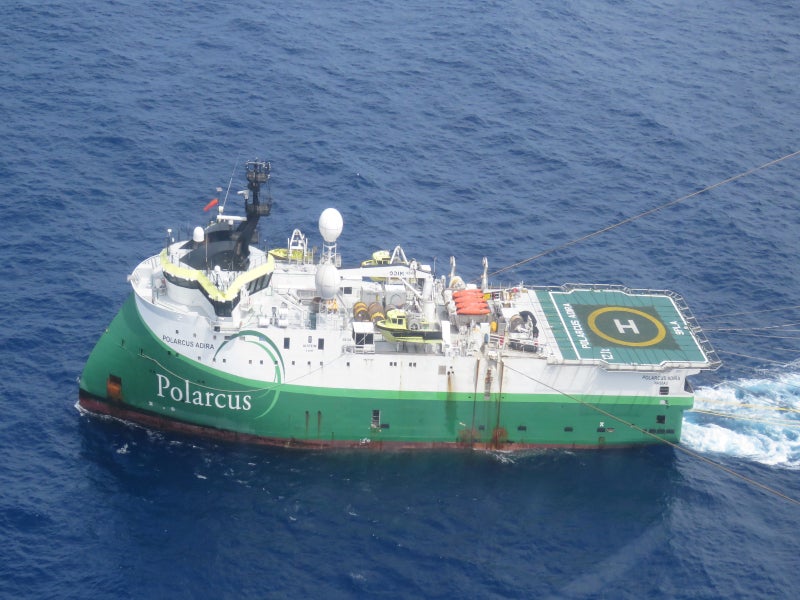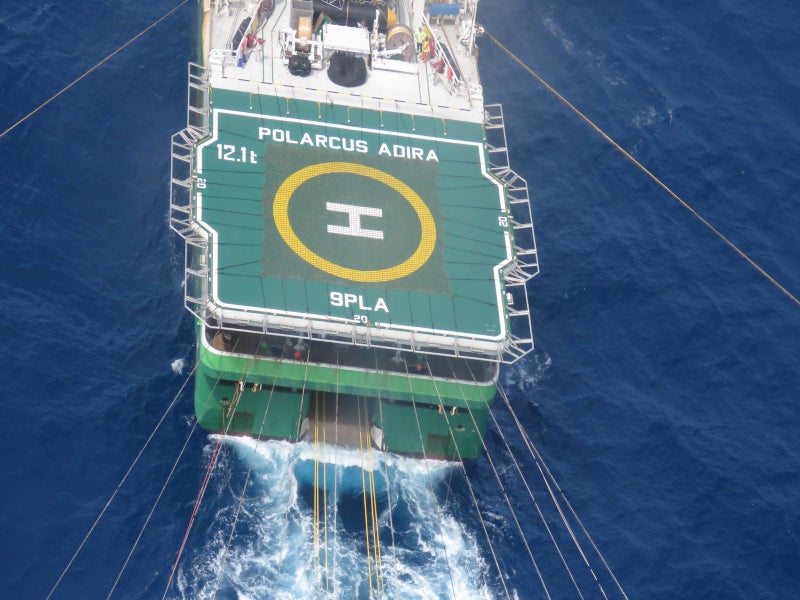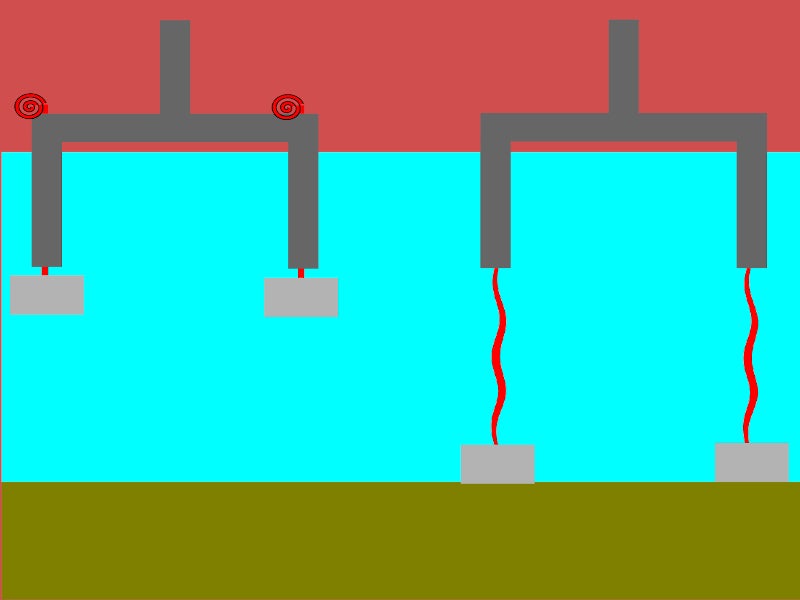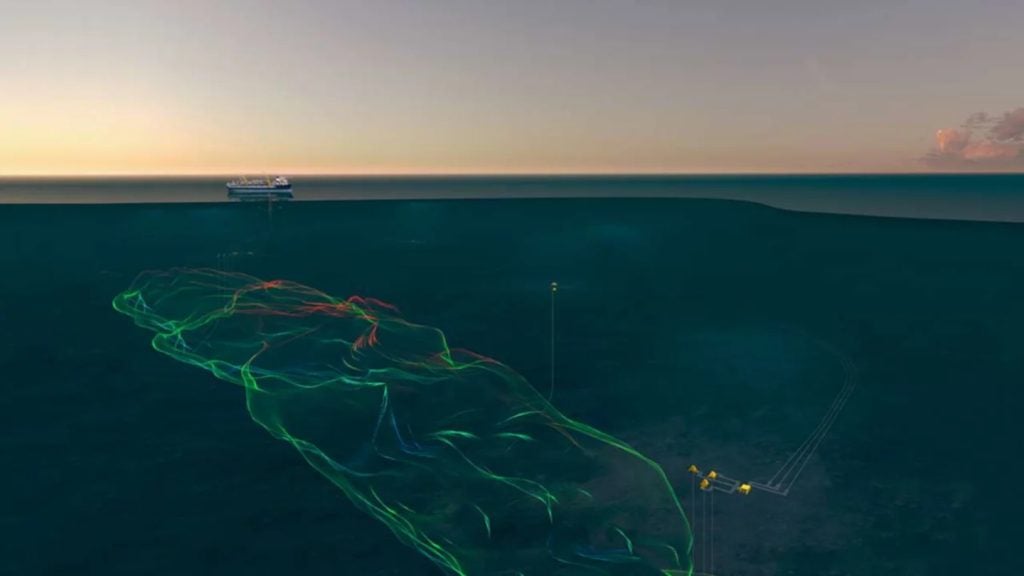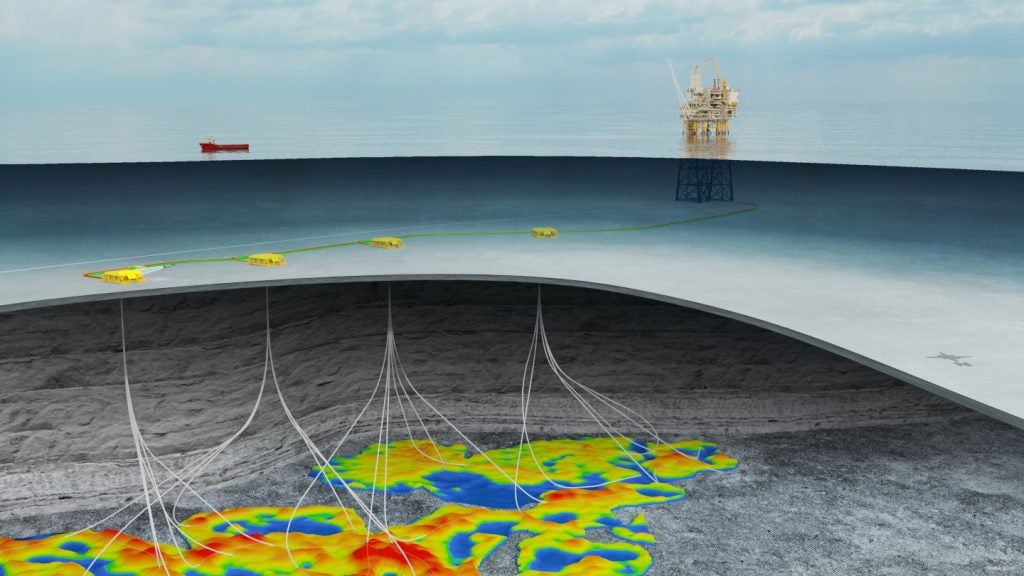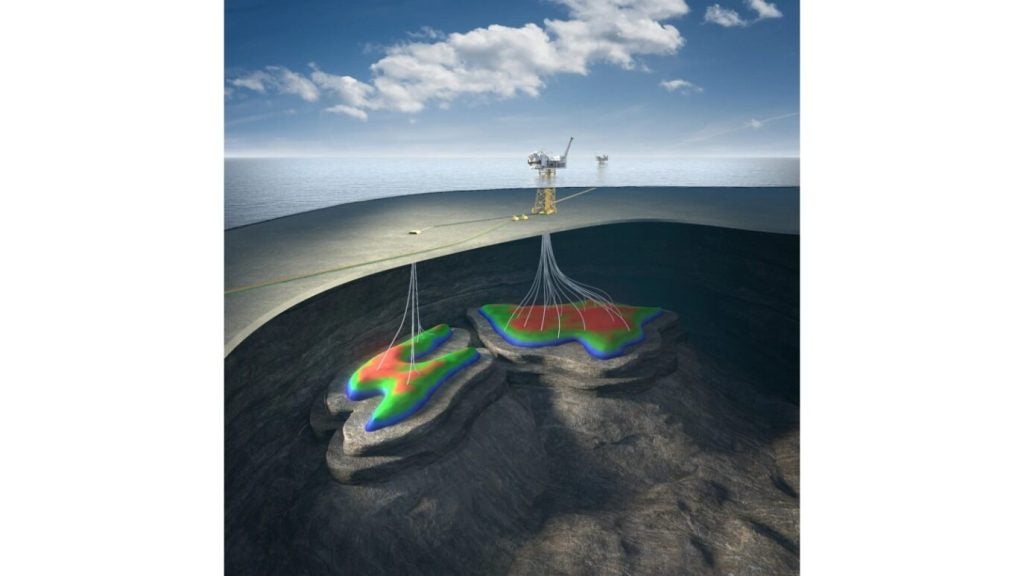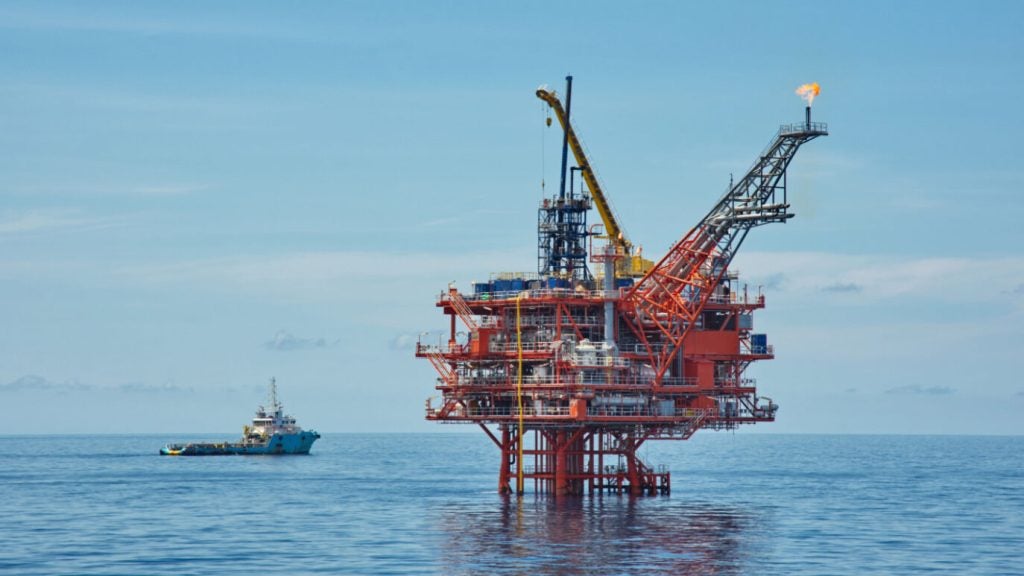United Oil and Gas’ Colibri prospect is located in the Walton Basin of the Walton Morant licence area, offshore Jamaica.
The Colibri prospect was discovered by Tullow Jamaica, in 1983. Tullow Jamaica, the previous operator of the Walton Morant licence area, sold a 20% equity interest in the licence area to United Oil and Gas in November 2017.
The seismic study on the Walton Morant licence area around the Colibri prospect was completed in May 2018. It was the first 3D seismic survey that was performed in Jamaica. The resource estimate of Colibri was upgraded to prospect by ERC Equipoise (ERCE) in February 2019.
Tullow exited the licence and transferred the remaining 80% equity to United in July 2020. The Jamaican Government approved the development of the Walton Morant licence area in July 2020 with United Oil and Gas as 100% equity holder and operator. The company received an 18-month extension to the initial exploration period up to January 2022 to take the drill-or-drop decision.
During the period, the work programme will continue with de-risking of the prospects across the licence area, which includes the Colibri, Oriole and Moonraker prospects, as well as Tody, Euphonia and Streamertail lead.
Reservoirs and resources
Walton Morant licence area has oil-bearing source rocks in the Eocene and Cretaceous era formations.
Abundant carbonates, as well as several structural and stratigraphic traps, are found in Walton and Morant basins, including the horst structures of Colibri prospect.
Colibri prospect is suitably positioned to receive the expelled oil from the Eocene kitchens present in both the Walton and Morant basins.
The active thermogenically derived offshore oil from the Blower Rock in the Walton Morant licence area seeps to the south of the Colibri formation, which strengthens the prospect of the area. The prospect is estimated to contain a total of 229 million stock tank barrels (Mmstb) of gross un-risked resource, which can rise to 513Mmstb.
The licence is located in a prospective frontier basin with strong evidence of the presence of a working petroleum system. The field mapping and plate reconstructions demonstrated that Jamaica received sediment from the continental Maya-Chortis block during the Eocene epoch.
Details of seismic survey in Walton Morant licence area
The seismic survey of the Walton Morant licence area was performed using the Polarcus Adira survey vessel.
The vessel was used to re-interpret the existing 2D seismic data from a 3,650km area and to collect 3D seismic data from a 2,250km² area, mostly concentrated around the high-graded Colibri prospect.
The survey was aimed at de-risking several highly prospective clastic and carbonate reservoirs in Cretaceous and Tertiary formations, including the Colibri prospect.
Colibri Prospect development
Walton Morant contains the Colibri prospect and various other prospects and extends across three different basins, covering an area of 22,400km². The block is approximately 187 times greater than the average North Sea block.
A total of 11 wells, including two offshore (Arawak-1 and Pedro Bank-1 wells) and nine onshore wells, have been drilled since 1983, of which ten showed the presence of hydrocarbons. Arawak-1 well has already been plugged and abandoned at a depth of 4,488m. Additional onshore fieldwork confirmed the petroleum system in the prospect.
The tension leg platform (TLP) development will be implemented for the Colibri prospect development. This can tie in several step-out wells related to hydrocarbon accumulations up to a distance of 4km from the platform.
A permanently moored floating storage and offloading (FSO) vessel near the TLP will support the storage and transportation of the oil onshore. United is looking for a potential partner for exploration drilling in 2021 through an ongoing farm-down process.

